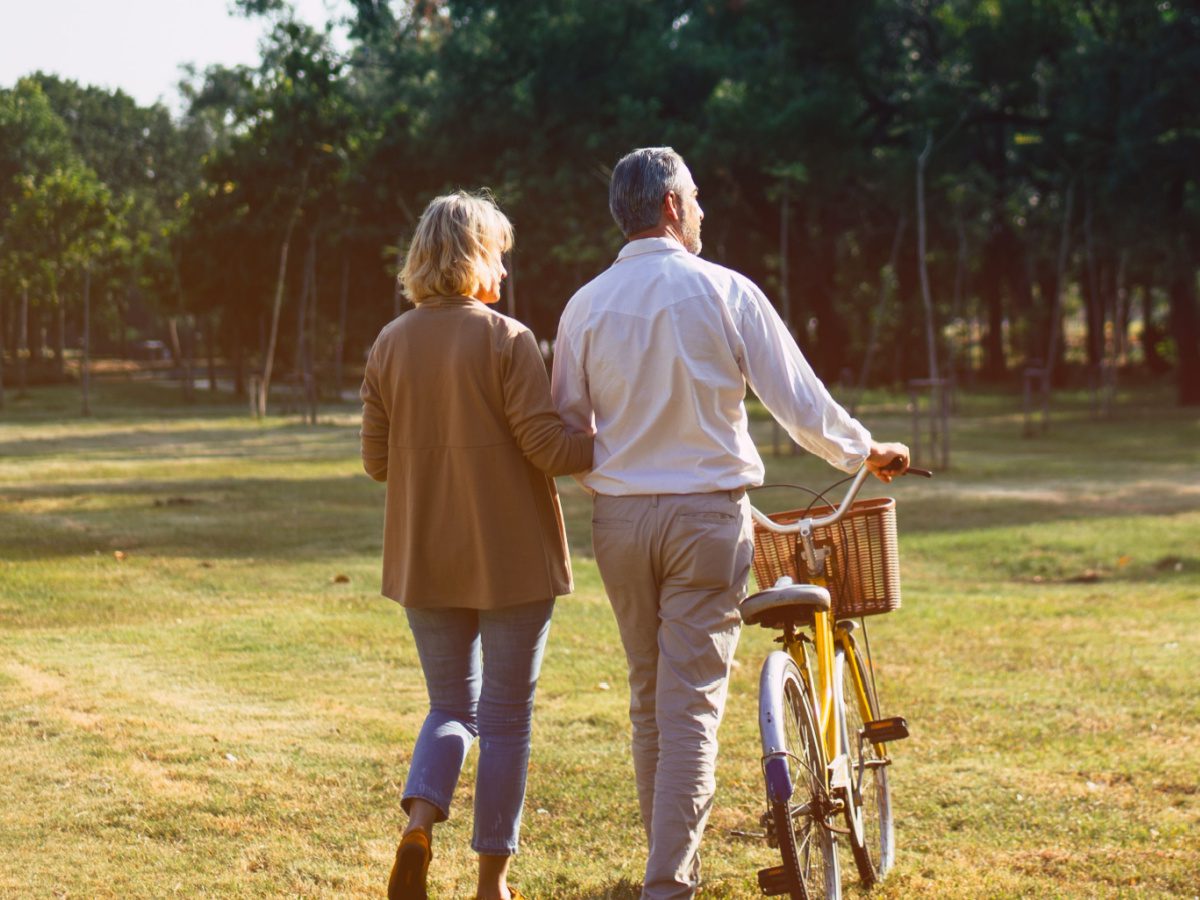
In recent years, Americans have been leaving big cities in droves, and now a new study is giving older adults another reason to move. Scientists from Washington State University have found that even small, seemingly insignificant differences in the availability of blue and green spaces across urban areas may contribute to improved physical and mental health.
In other words, you’ll likely feel better if you have more nature around you. Study authors found that just 10 percent more forest space in a person’s residential ZIP code contributes to a reduction in severe psychological distress, which refers to mental health problems that require treatment and may interfere with one’s social life, school, or work. Meanwhile, another 10 percent increase in tree cover, green space, nature trails, or water also appeared to lower the odds that older individuals reported their general health as fair or poor.
First study author Adithya Vegaraju, a medical student in the WSU Elson S. Floyd College of Medicine, said in a university release, “Our findings suggest that loss of our urban green and blue spaces due to rapid urbanization may not just have an environmental impact but could have a public health impact as well.” These findings are based on health survey data collected from over 42,000 people 65 and older who lived in urban regions of Washington state between 2011 and 2019.
During the analysis, researchers compared each person’s general and mental health to various measures that reveal their access to green and blue spaces within their residential ZIP codes. While close to two percent of the participants displayed signs of severe psychological distress, 19 percent reported dealing with fair or poor general health. This work focused solely on the relationship between severe psychological distress and distance to the closest green and blue space.
However, the final report expanded the scope of the study by adding several additional measures, such as the percentage of green space, tree canopy, forest area, and open space within ZIP codes, in addition to the length of trails. Researchers were also sure to expand their analyses to include how each measure related to self-rated general health. This also helped account for differences in survey respondents’ demographics (race, education level, etc).
While prior projects have analyzed how proximity to nature might impact health, Vegaraju believes this study is among the first ever to assess this relationship in older U.S. adults. Older individuals are especially vulnerable to mental health issues such as depression, which can also increase one’s risk of cognitive decline and dementia. Older adults are also generally less likely to undergo treatment for mental health conditions.
Vegaraju explains, “Older adults with depression, anxiety or mental health issues are known to be more resistant to medical interventions or talk therapy, which are the go-to treatments for these conditions. If exposure to green or blue spaces could help prevent, delay or even treat poor mental health in older adults, we need to look at that more closely as a way to improve mental health outcomes in this population.”
